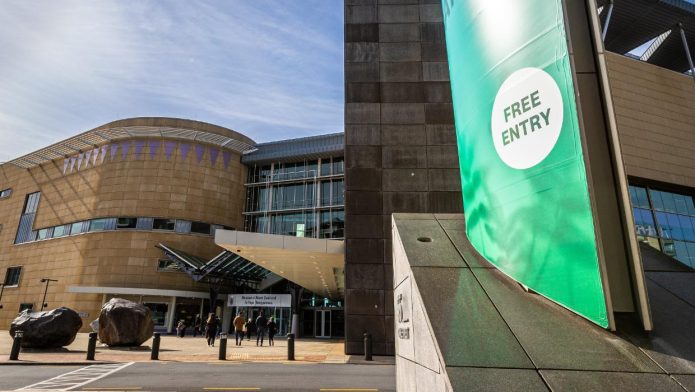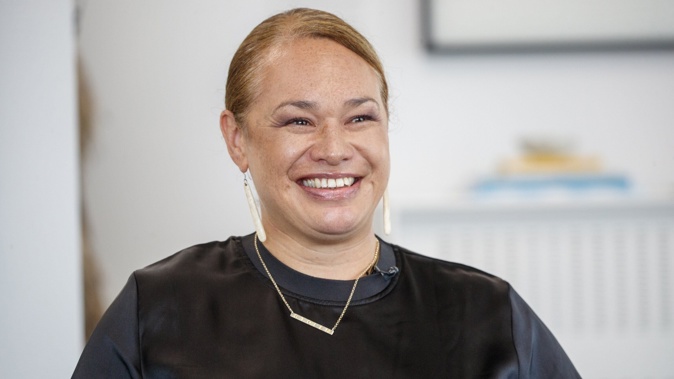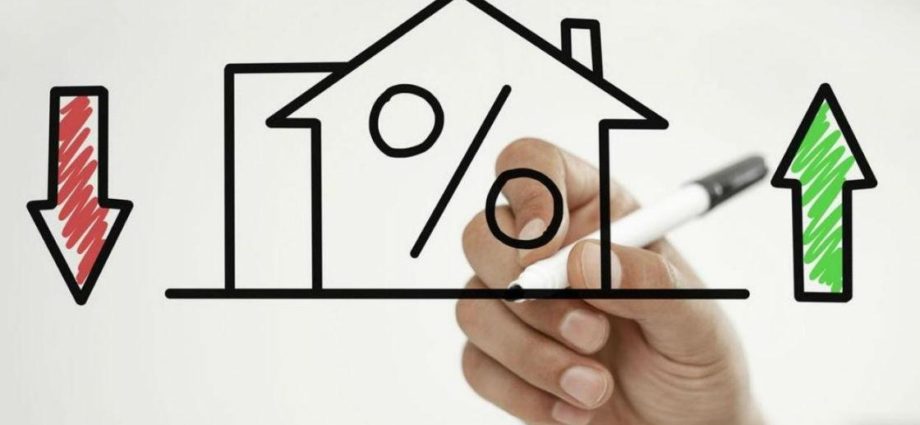PHOTO: Interest rates are projected to remain elevated for an extended period to curb excessive spending and bring inflation under control. FILE
The latest Treasury report reveals a mixed economic outlook, with the migration surge stabilizing the housing market and alleviating labor shortages, while simultaneously exacerbating inflation concerns. It anticipates that high inflation will persist until the close of 2024, potentially necessitating further interest rate hikes to rein it in.
Treasury Secretary, Dr. Caralee McLiesh, presented the Pre-election Economic and Fiscal Update, a periodic overview of the government’s financial status and near-future projections, ahead of the upcoming general election. The report highlights core Crown expenses set to reach $11.4 billion this year, maintaining a 2.7% deficit relative to gross domestic product. However, it anticipates fiscal improvements in the following year due to reduced spending. Net debt is expected to peak at 22.8% of GDP next year, and the return to surplus has been postponed until the 2026 financial year.
The state of the economy, as depicted in this report, will significantly shape the political narrative leading up to October 14. The Labour Party aims to defend its economic track record, while National and the ACT Party seek to convince the electorate of their superior capabilities.
The report underscores the burden on households, who are projected to allocate more than double the amount they did in September 2021 to service their mortgages, primarily due to higher interest rates. However, this burden may be alleviated by wage growth and the interest earned on savings. These forecasts are based on certain assumptions and judgments and acknowledge the possibility of further monetary policy tightening should inflation persist longer than expected.
McLiesh also anticipates a decelerating economy, which has been partially offset by unexpectedly high levels of migration, approaching nearly 100,000 people by the end of the year ending in September. This figure exceeds Treasury’s May forecast by approximately 33,000 individuals. Consequently, house prices have stabilized, and labor supply shortages have eased. However, the influx of people and money into the economy is expected to exacerbate inflation by increasing the money supply relative to available goods and services.
In response, interest rates are projected to remain elevated for an extended period to curb excessive spending and bring inflation under control. As a result, individuals will have less disposable income, with a larger proportion going towards servicing their debts. The Reserve Bank estimates that households with mortgages will need to allocate 22% of their disposable income to cover interest costs by year-end, compared to a low of 9.5% in September 2021.
The Treasury predicts that 90-day interest rates will remain at 5.7% until mid-2024, gradually declining to 3% by mid-2027. The sluggish economic growth will also impact the labor market, with the unemployment rate forecasted to peak at 5.4% in early 2025.
The report additionally factors in the cost of the government’s Smokefree Aotearoa 2025 Action Plan, which is projected to reduce tobacco excise revenue by $0.1 billion in 2024/25, $0.4 billion in 2025/26, and $0.5 billion in the 2026/27 fiscal year compared to the Budget Update. Furthermore, a declining trend in tobacco use is expected to decrease tobacco excise by $0.6 billion over the forecast period.
Finance Minister Grant Robertson emphasized the positive aspects of the forecast, highlighting the economy’s emergence from a technical recession, slowing inflation, and increasing wages. He described the government’s management as balanced, emphasizing its resilience and optimistic outlook for the future.
Nevertheless, Robertson acknowledged the challenges faced by exporters, with global dairy prices declining by 15% since the start of the year and global trade growth slowing from 5.2% to 2%. The government is also experiencing reduced tax revenue due to decreased business earnings.
Regarding the strain caused by high migration on infrastructure and public services, Robertson outlined the Labour Government’s commitment to invest $77 billion from 2023 to 2027 in building hospitals, schools, roads, public transport networks, and police stations.
National Average Home Prices See First Rise Since 2021











